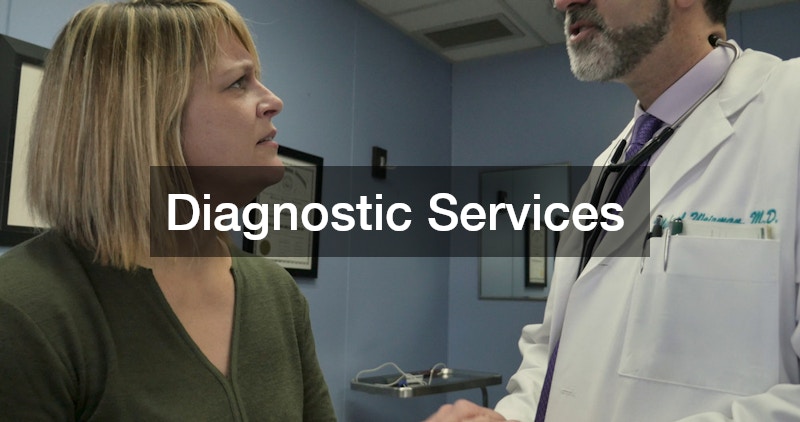
In the modern healthcare landscape, urgent care clinics play an increasingly important role by providing accessible medical services. These clinics are adept at addressing a range of conditions, enhancing healthcare outcomes and reducing the burden on hospital emergency departments. As more people become aware of their capabilities, understanding the scope of conditions treated at urgent care clinics becomes vital.
Common Illnesses
Urgent care clinics frequently manage cases of flu, colds, and sore throats, offering a convenient alternative to waiting for a doctor’s appointment. These clinics are equipped to perform rapid diagnostic tests, such as flu swabs, which help in identifying the virus swiftly. Patients appreciate the ability to receive appropriate care, including antiviral medications and supportive therapies, in a timely manner.
When dealing with seasonal outbreaks, urgent care centers become crucial in preventing disease spread by offering vaccinations and patient education. They often serve as walk-in centers where patients can quickly receive care without prior appointments, thus minimizing disruptions in daily life. The ability to handle a surge in common illnesses during peak seasons demonstrates their adaptability and utility in healthcare.
Minor Injuries
Urgent care clinics are well-prepared to treat minor injuries such as sprains, cuts, and bruises, thanks to their skilled medical teams. These centers are equipped with facilities to perform minor procedures such as suturing for cuts or providing splints for sprains. The quick response mechanism in place helps reduce patient discomfort and prevents further injury complications.
Clinicians in urgent care settings are adept at distinguishing between minor injuries and those requiring more advanced treatment, streamlining the patient’s care pathway. This expertise helps in avoiding unnecessary hospital visits and allows emergency departments to focus on more critical cases. Furthermore, urgent care clinics often have shorter wait times, making them a preferred choice for minor injury treatment.
Diagnostic Services
Diagnostic capabilities at urgent care clinics have vastly improved, supporting swift and accurate patient assessments. Many clinics offer in-house X-rays, which allow for immediate evaluation of injuries such as minor fractures and dislocations. This immediacy translates into efficient treatment plans, minimizing patient discomfort and worry.
Lab services are another critical component, with many urgent care centers offering blood tests, urinalysis, and other diagnostic assessments. These services enable clinicians to quickly identify underlying health issues or confirm suspicions related to specific illnesses. As a result, patients benefit from timely interventions that can mitigate more severe health consequences.
Severity of Symptoms
Urgent care clinics are suitable for treating conditions with moderate severity where immediate but not emergency-level intervention is required. Conditions such as ear infections, minor burns, or dehydration respond well to urgent care treatment, provided there is no immediate life-threatening aspect. It is crucial to assess symptoms carefully to determine if urgent care is appropriate or if an emergency room visit is warranted.
Clinicians in urgent care are trained to evaluate symptoms and decide whether additional care is necessary, providing patients with peace of mind. They can stabilize patients and arrange for transfer to an ER if a more serious condition is uncovered during the assessment. This flexibility ensures patients receive the correct level of care required by their specific condition.
Cost and Convenience
One of the major advantages of urgent care clinics over ER visits is the cost-effectiveness, alleviating financial strain for non-emergency medical care. Generally, urgent care visits are considerably less expensive than ER visits, offering significant savings to patients requiring routine or minor medical attention. Insurance plans often cover urgent care costs more favorably, contributing to their growing popularity.
Additionally, the convenience of urgent care clinics cannot be overstated; they are easily accessible and do not typically require appointments. Patients benefit from reduced wait times compared to emergency departments, where treatment priority systems often lead to lengthy delays for non-urgent issues. The user-friendly and prompt service model ensures that patients receive care when they need it, enhancing healthcare accessibility.
Operating Hours
Urgent care clinics offer flexible operating hours, often staying open beyond the typical business hours of primary care physicians. Most urgent care clinics operate into the evening and on weekends, accommodating patients’ busy schedules and providing options for immediate care. This aspect is particularly beneficial for parents and working professionals needing after-hours medical attention.
In contrast, emergency rooms are open 24/7, a necessity for dealing with unpredictable and severe medical emergencies. However, for non-critical issues, the extended hours of urgent care clinics often meet patient needs without the chaos of an ER visit. Understanding the operating hours of local urgent care facilities can aid in effectively planning medical attention when needed.
Specialist Referrals
For cases requiring specialist input, urgent care clinics function as a crucial referral point, connecting patients with the specialized care they require. Conditions involving complex diagnoses or specific treatments often exceed the direct treatment capacity of these clinics. Clinicians at urgent care centers are adept at recognizing when specialist consultation is necessary and facilitate this transition for the patient.
Urgent care clinics occupy a pivotal role in the healthcare landscape, providing essential services that address an array of non-life-threatening conditions. By offering treatment for common illnesses and minor injuries, performing diagnostic tests, and facilitating referrals, they enhance overall healthcare delivery. As a bridge between primary care and emergency services, urgent care centers improve healthcare accessibility, cost-effectiveness, and efficiency.


